The key role of support pads in aluminum extrusion
"Oh, I forgot to order a matching mat for the die. Well, never mind, I'll take the one I already have. It might be a little bigger, but how much of a difference will it make?" This is a common reaction when ordering a die. Buying a dedicated mat costs extra money, so factories often make do with a similar type of support mat. However, the support mat can make the difference between a good and bad result for the die and it protects the die. Maximum support leads to better results and a longer life. A tight support mat will ensure maximum support for the die during the extrusion run. The difference between a tight support mat and a larger one can be seen in aspects such as wall thickness and the shape of the profile. Just a few millimeters can make a huge difference. In the case above, the customer used a standard mat that was just big enough to leave space for the profile. After the first tracking, the customer mentioned that the wall thickness of the profile was below tolerance. Especially in the middle, the wall thickness was out of tolerance by 0,2 mm. In addition, the edges of the profile were facing down. By using a tight and dedicated support mat, the profile came out according to tolerance, even without correcting the die. The edges also reached their original position. Therefore, investing in a dedicated support can save a lot of corrections and tracking. In addition, when using tight supports, the die is prevented from bending, which can cause the die to crack in the corners, greatly shortening the life of the die. Protecting the die during shearing Another good reason to use a tight and dedicated mat is to protect the die during the final steps of the extrusion process. When the die is removed from the press, the material is sheared away. When using tight pads, the material has nowhere to go. The profile will quickly hit the wall of the support plate, and all the forces that occur in the shearing operation are sent to one side of the support plate opening. When using supports with more space between the profile and the profile, the forces during the shearing process are transmitted into the profile. Since the profile has room to move within the support opening, these forces are applied to the die. Especially for delicate tongues or cores (heat sinks, etc.), the die may be damaged when shearing with a large mat opening. Therefore, any shape of profile should use a suitable support mat instead of making do with it to save costs. It seems that the cost savings are actually lost, resulting in an unsuccessful final extrusion profile.
Read More


 Address : NO.7 Huihe Road, Qianzhou Industry park, Huishan District, Wuxi City, China
Address : NO.7 Huihe Road, Qianzhou Industry park, Huishan District, Wuxi City, China






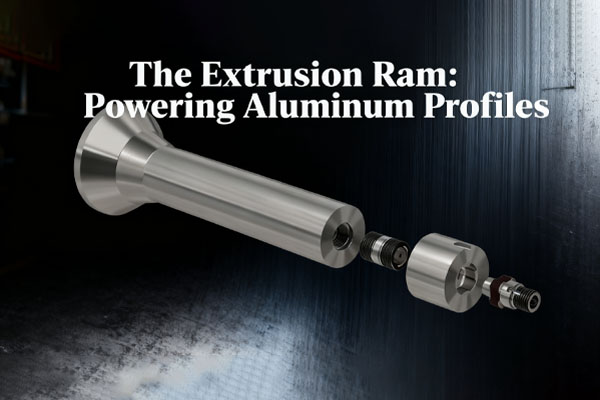
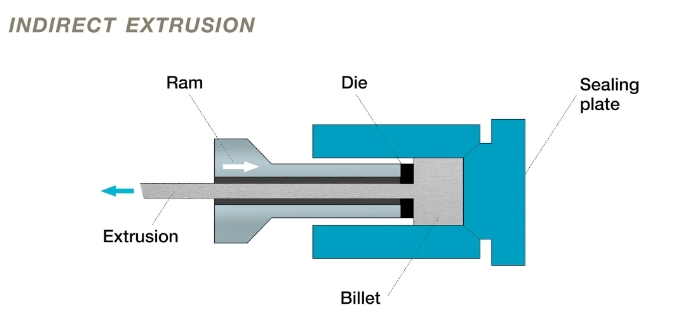
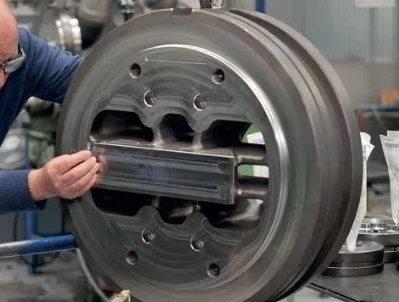

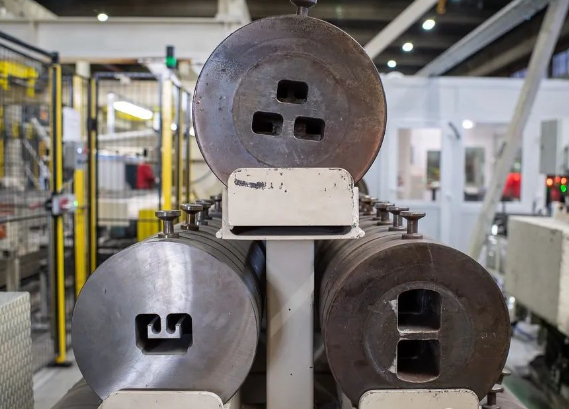
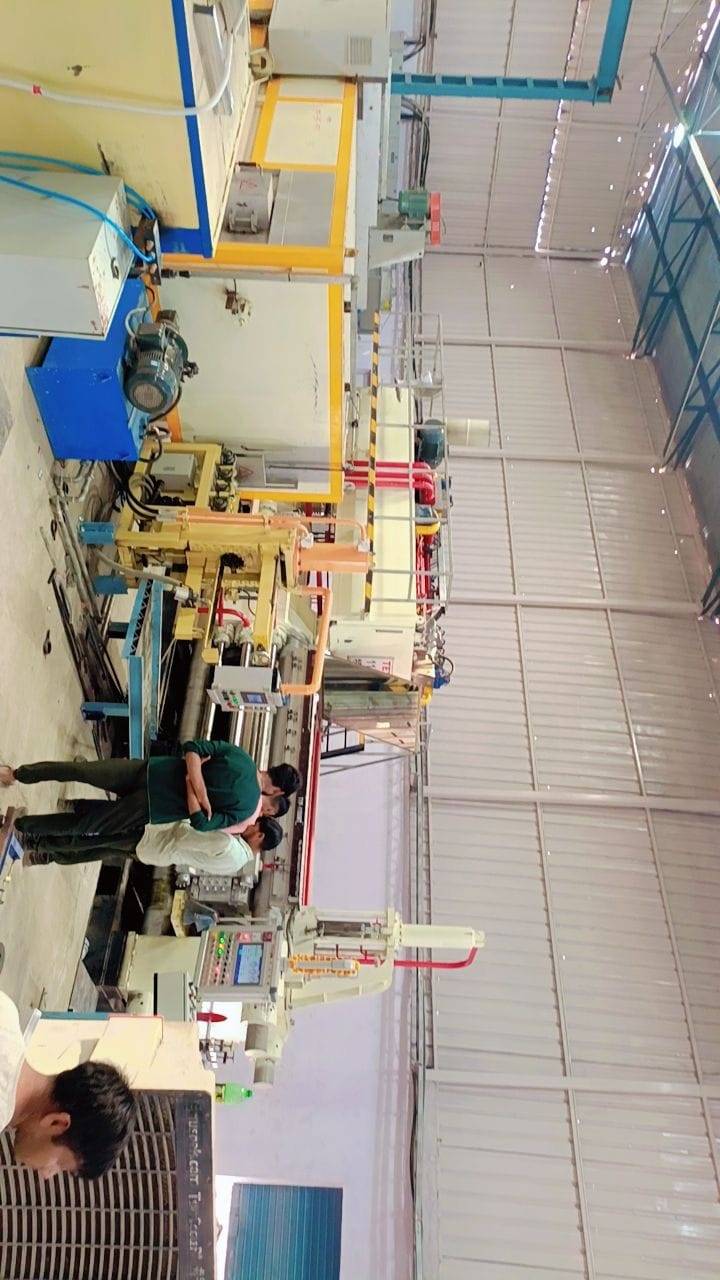
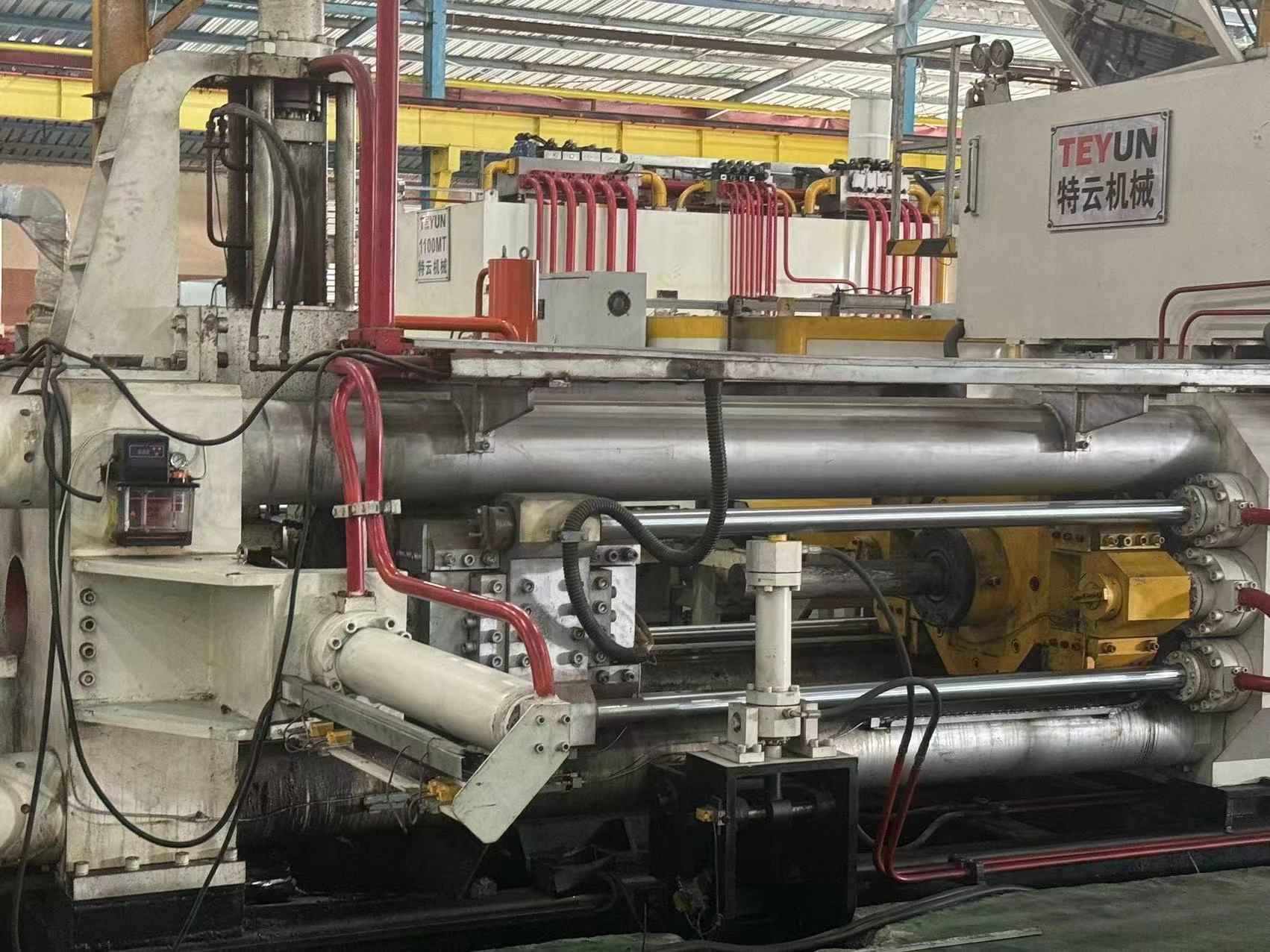
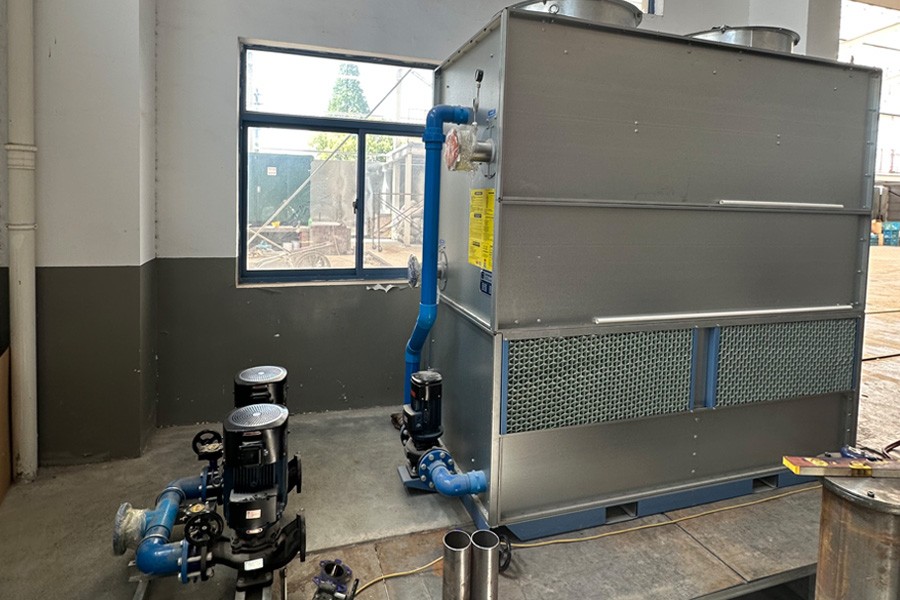

 IPv6 network supported
IPv6 network supported